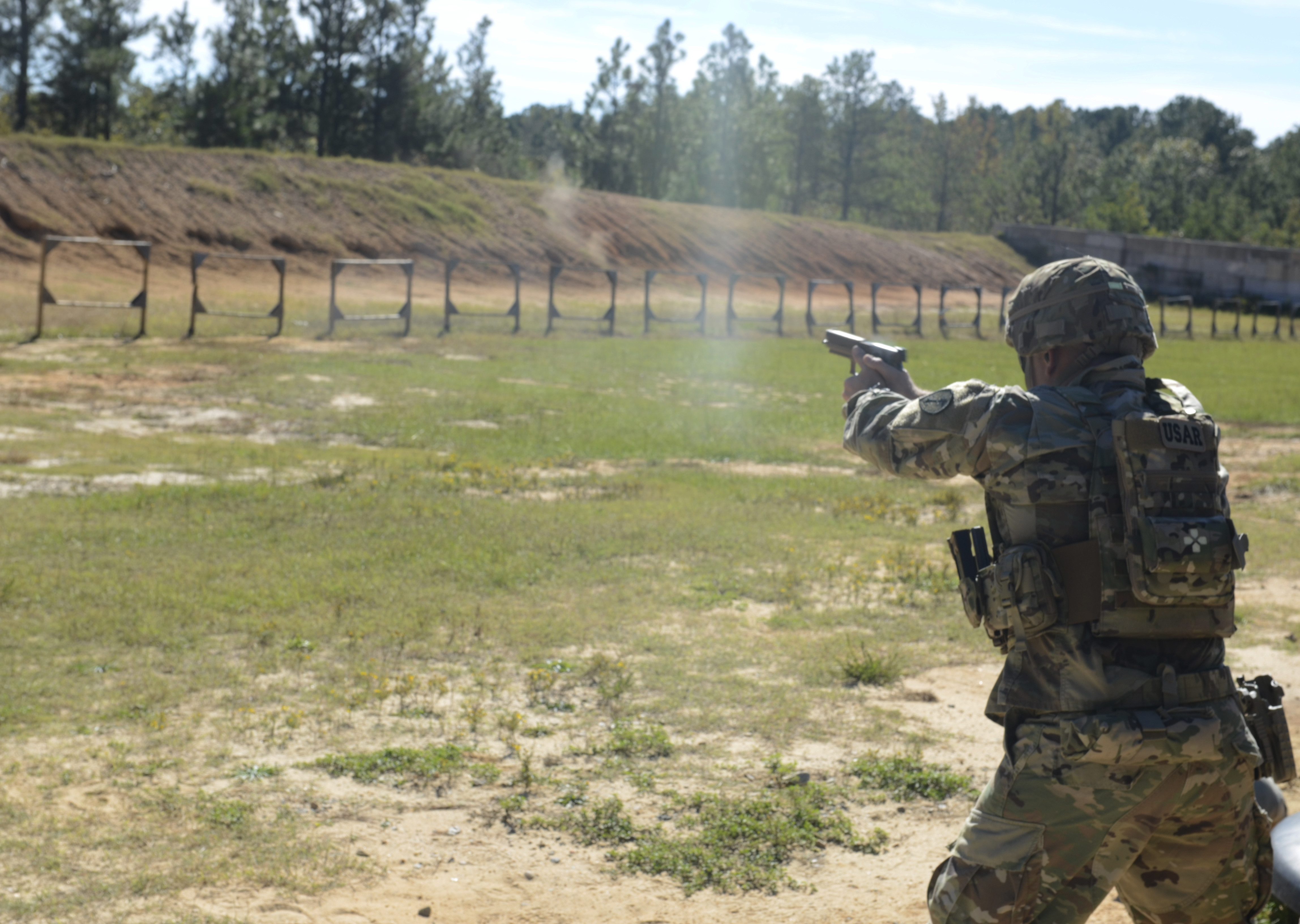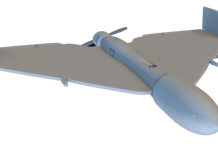
This post is also available in:
 עברית (Hebrew)
עברית (Hebrew)
New pistol ammunition has been selected for the U.S. Army’s 9mm Modular Handgun System (MHS), the M17. While the original Request For Proposal (RFP) did not specify a chambering — which led to speculation that the .357 SIG, .40 S&W or even the .45 ACP, might have been adopted — the Army opted to stick with 9×19 mm NATO.
With Sig Sauer’s M17 winning the competition, it appears Olin Corporation (AKA, Winchester) have been allowed to remain the prime contractor of U.S. military pistol ammo.
What the Army was looking for, among other things, was a 9 mm load whose projectile would penetrate 14″ of ballistic gelatin at 50 meters.
The new M1153 Special Purpose, with a 147-gr. jacketed-hollow-point bullet, and the M1152 Ball with a 115-gr. full-metal-jacket projectile are two of the four offerings. According to warisboring.com, the U.S. Army is not forbidden from using hollow point ammunition (especially if that ammunition is dubbed “special purpose”) due to the Hague Convention of 1899.
According to americanrifleman.org, the propellant used in both rounds is not unique, and is used in other product lines. The listed pressures for both cartridges comes out at around 39,700 p.s.i.
With the FBI and Department of Defense leaning in hard on 9mm, antiquated cartridges such as .45 ACP and dated interim rounds such as .40 S&W may be seeing the sunset on the horizon – at least in terms of duty application.

























